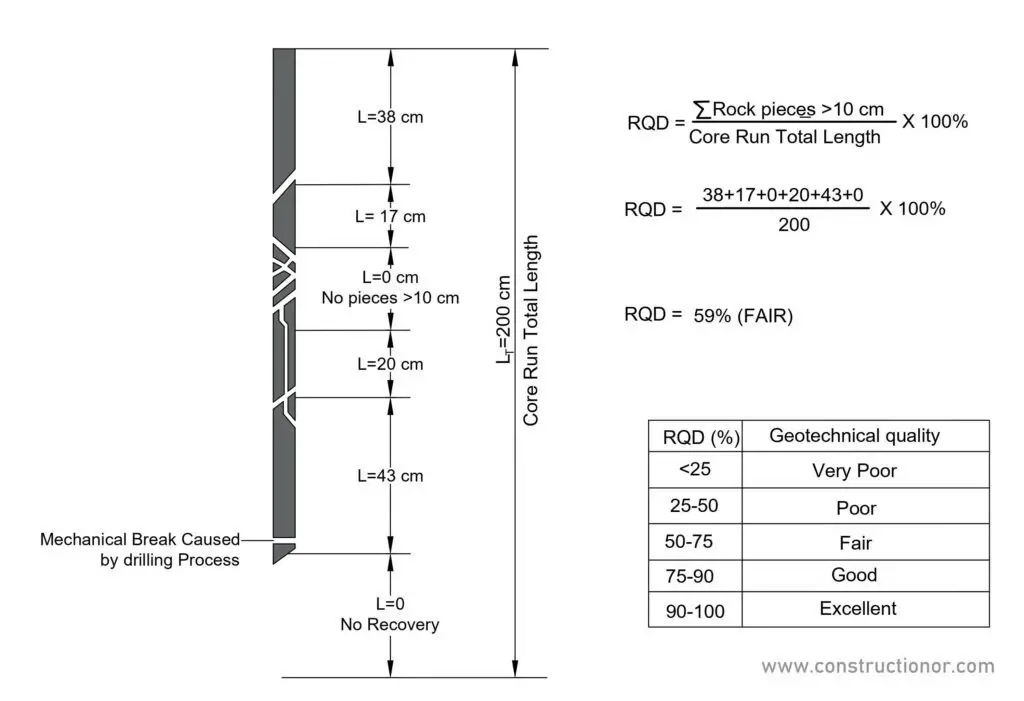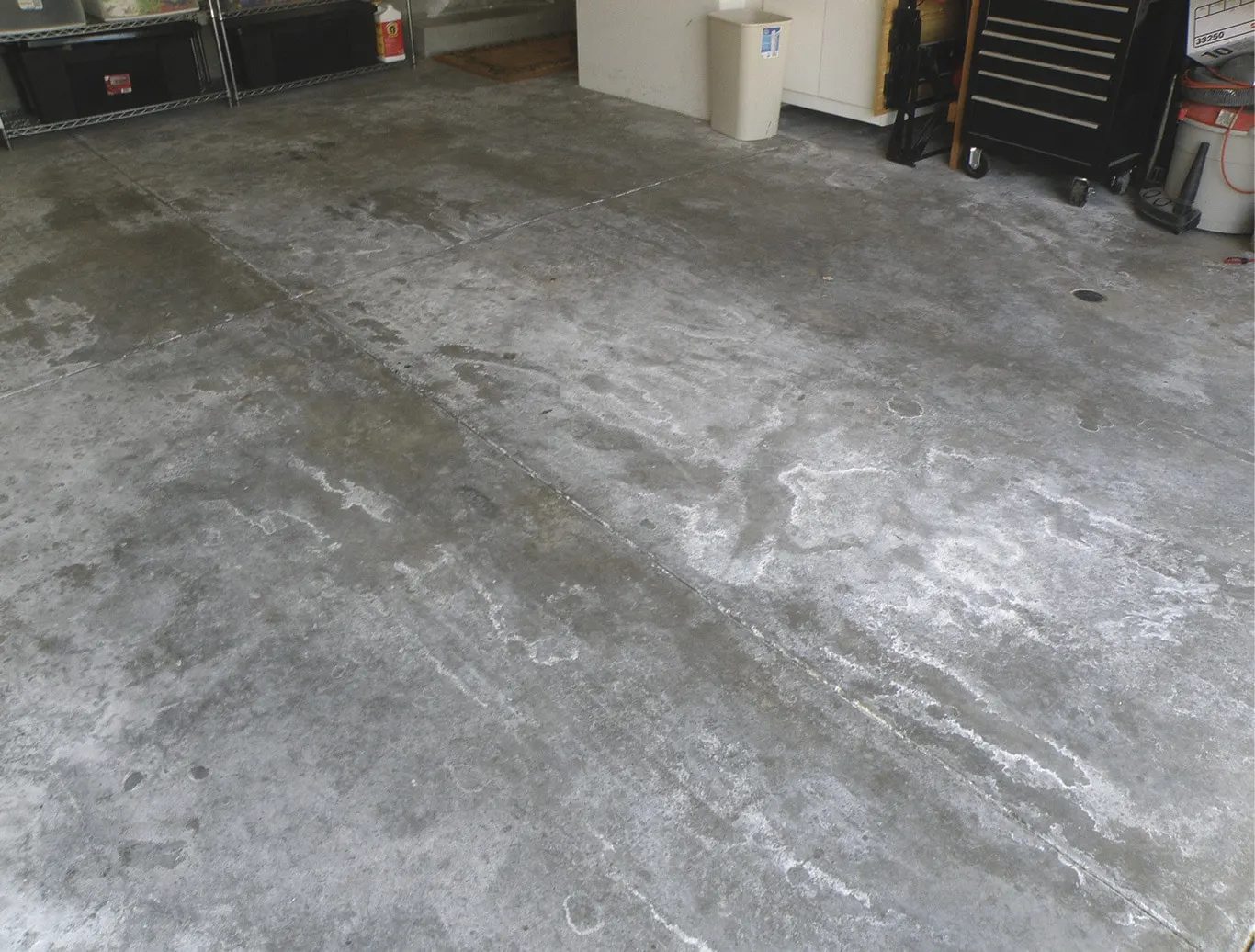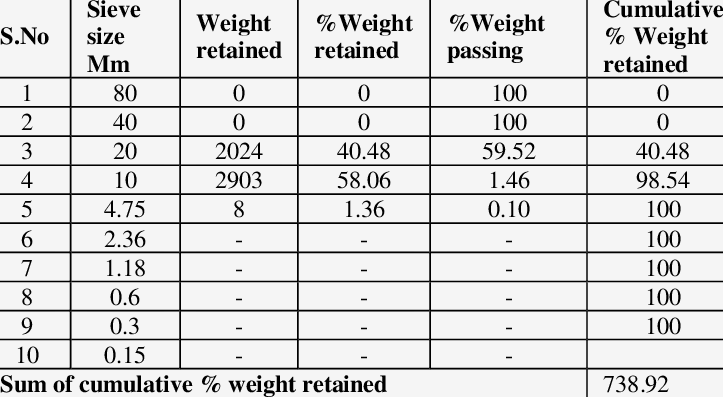The dressing of stones is the method of giving a proper size, shape, and finish to the roughly damaged stones as obtained from the quarry, this process is performed either by hand tools or machinery, in which hand tools used are axes, chisels, etc.
The stone found in nature has to be quarried from its thick beds.
After excavating large pieces of rock, it is necessary to break them into smaller sizes so that they can be used in buildings.
The place that has good high-quality natural rocks, the surface is abundantly obtainable generally known as a quarry and the method of extracting stones from the natural bed is known as quarrying of stone.
Explosion using explosives is one other methodology used in the mine.
Stones are used in various masonry wall, therefore it would have to be cut and shaped to fit the type of work required.
Stages in the Dressing of Stone:
The different stages of stones dressing are as follows:
1. Size:
It is the process of removing the irregular blocks to the desired dimensions by removing the extra parts with the help of hand hammers and chisels.
2. Shaping:
It follows sizing involves removing sharp projections, many stones are used in common construction after shaping.
3. Planning:
It is a rather advanced dressing in which the stone is removed from the surface by all irregularities.
4. Finishing:
This involves rubbing the surface of the stones with appropriate abrasive materials such as silicon carbide.
It is done in the case of specially dressed stones.
5. Polishing:
This is the final stage in dressing and is done only on stone, limestone and granite.
Types of Dressing of Stones:
Pitched dressing:
In pitched dressings, the edges of a stone block are leveled with the help of a hammer.
The superficial mass on the face is usually intact.
Hammer dressing:
In hammer dressing large raised portions of stones break, and the stones are considerably flat but rough due to hammer marks.
A hammered fabric has no pointed and irregular corners and has a comparative surface that fits well into the masonry.
These stone blocks are squared, the bed and vertical sides are dressed 8 to 10 cm from the face, it is performed to allow proper additions to the stone using Waller’s hammer
The obtained stones are termed as hammer faced, quarry-faced, or rustic faced.
Chisel drafting:
In this dressing of stones, drafts or grooves are made with the help of chisels on all four sides, the excessive stone is removed from the center, and magnificent stones are removed from the center.
Chisel-drawn stones are used exclusively in plinth and corners of buildings.
Rough Tooling:
The edges are first squared using a chisel and hammer.
A series of variable grooves (4–5 cm), more or less parallel to the tool mark develop on the stone surface.
Punched Dressing:
In this method of stone dressing, about 1 cm of vertical or horizontal grooves are sunk with a chisel that have hollow half-circle shape.
The sides of the rock are chamfered or drowned.
Close Picked and Fine Tooling:
A perforated stone is remodeled to obtain a finer surface as it is an extreme stone dressing in which almost every projectile is removed from all sides of the stone.
Its surface has been given an amazing texture and attractive look.
Boasted or Droved finish:
In this dressing of stones, the surface of the stone is roofed with parallel marks that may move in any direction.
A booster is actually a wide-edged chisel used for this purpose, while chisel marks are not continuous across the entire width of the stone.
Scabbing:
The irregular edges of the stones are broken, and the stone is shaped.
This work is often performed within the quarry and the sides are damaged with a scabbing hammer.
Reticulated finish:
In this dressing of stones, an irregularly shaped sink is made within the center part of the stones with a margin of 2 cm large at the edges & sinks are about 6 mm deep.
Eccentric surfaces may be punched to provide a greater look.
Vermiculated finish:
These stone dressings resemble reticulated finishes, besides that, they are extra curved which provides the looks of a worm-eaten kind.
This is not very common because they require a lot of labor to manufacture.
Combed or dragged finish:
This type of dressing is done on soft stones.
A comb is applied to the floor of this stone to take away all of the elevated parts.
Picked Dressing:
This dressing of stones is obtained by finishing the stone with some extent, and the depression is smaller than the above kind.
Molded finish:
Molding is completed to enhance the looks of the stones, these are handmade or machine made.
Rubbed Finish:
In this stone dressing, the surfaces of the stones are rubbed to create an easy finish, one piece of stone is rubbed against another.
Water and sand are added within the operation, it can be rubbed with hands or machines.
Polished Surfaces:
Stones that can be polished such as granite, stone, limestone are first rubbed and then polished using rubber, pads, sand, water, and putty powder.
However, a machine will also be used for sharpening.
Sand blasting:
In this dressing of stones the imprint lettering and design on the surface of granite, the polished surface is coated with a compound such as molten rubber that solidifies on cooling.
The desired design is lower with a sharp tool over this coating, exposing the surface of the stone to be lower.
An explosion of sand is then blown with compressed air, the part exposed is cut to the required depth.
Also read: Masonry Construction, Principles of Planning & Stone Masonry
Conclusion:
The dressing of the stones ceases immediately after quarrying and prior to the season to obtain very little weight for transport.










Stones are the winning materials for a masonry walls. However, let the professional mason do this job since they are very experienced and fully trained in this field.